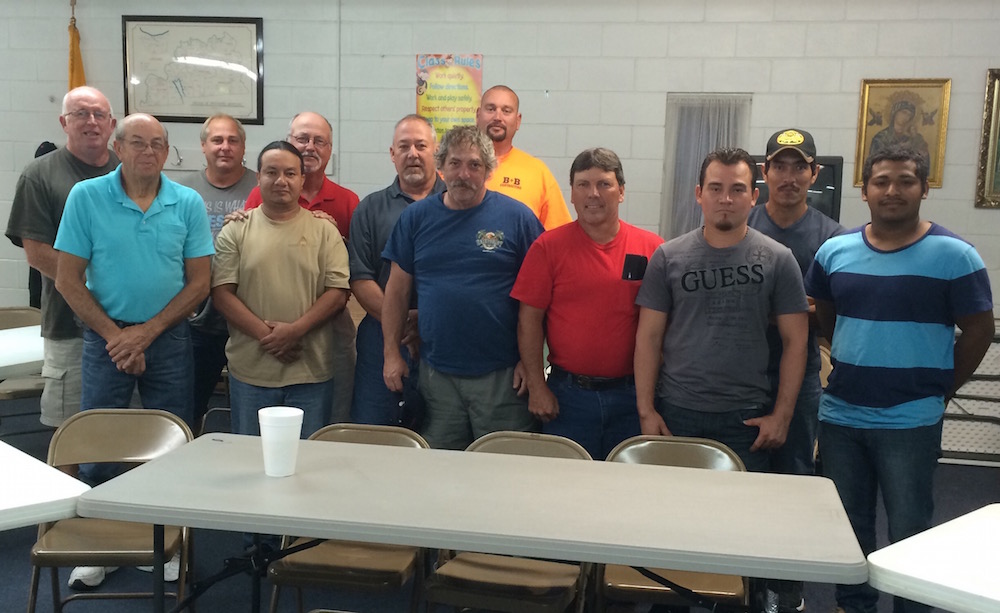
Council 7831 in Sebree has earned Star or Double Star for five straight years. Great job guys.


Council 7831 in Sebree has earned Star or Double Star for five straight years. Great job guys.
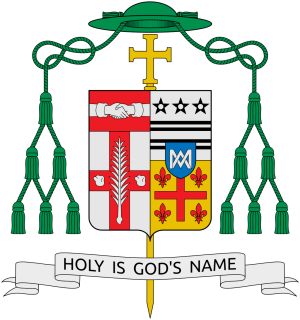

These arms are composed of a silver (white) field on which is seen a red cross, of The Faith, throughout. On this cross are a palm branch (erect), the symbol of a martyr, between two rocks, all in silver (white) to honor the titular of the Cathedral-Church in Owensboro, Saint Stephen, the deacon and Proto-martyr of the Church who gave his life for The Faith by being stoned. The upper portion of the diocesan arms are taken from the seal of the State of Kentucky and it shows, on a red field, two clasped hands, in silver (white) a symbol of friendship, cooperation and trust among all the people of this great state.
For his personal arms, His Excellency, Bishop Medley has adopted a design that reflects his heritage and his ministry as a priest of Jesus Christ.
These arms are composed of two sections. The upper portion, a silver (white) field with three stars and four small bars (barlets) all in black, are the family arms of the Medley family. This design is joined to the lower portion, a gold (yellow) field with a red cross between four red fleur-de-lis, which are the Hayden family arms. By the use of these two achievements, joined as one, His Excellency honors the heritage of his parents James and Dorothy (Hayden) Medley.
Th the center of the family arms is a smaller blue shield, called an escutcheon, and it is charged with a silver (white) monogram of the Blessed Virgin Mary (“A” “M” – Ave Maria). This charge expresses His Excellency’s deep devotion to Our Blessed Mother.
For his motto Bishop Medley has selected the phrase “HOLY IS GOD’S NAME.” This phrase from Saint Luke’s Gospel (Luke 1:49) expresses the awe, wonder and majesty that is the reality of God . . . who is holy!
The achievement is completed by the external ornamentation which are a gold processional cross, that is placed in back of the shield, and the pontifical hat, called a “gallero”, with its six tassels in three rows on either side of the shield, all in green. These are the heraldic insignia of a prelate of the rank of bishop, by instruction of The Holy See, of March 31, 1969.
By: Deacon Paul J. Sullivan
The preceding was reprinted with permission of the Diocese of Owensboro.
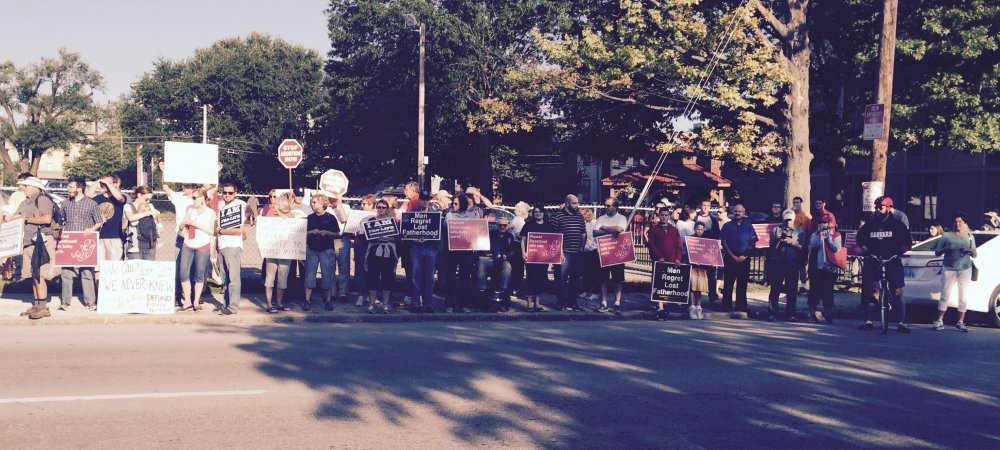

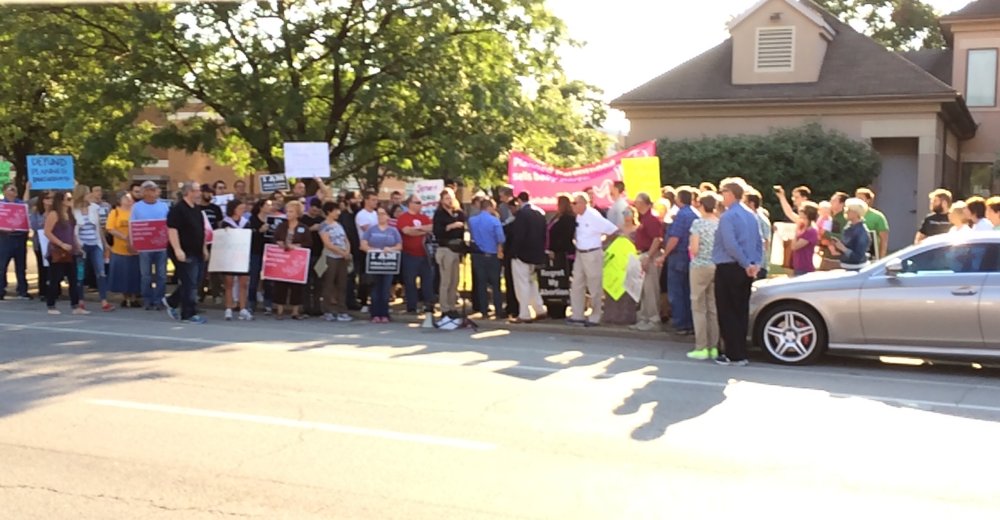
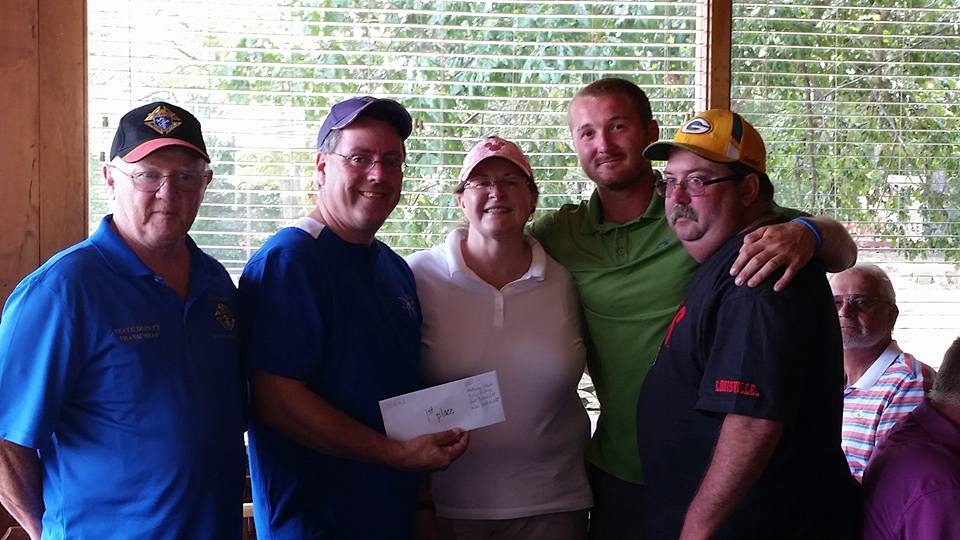
The Tom Wiseman Memorial Open Kentucky State Council Golf Scramble was played on August 15, 2015.

First place Team: Bill Schmidt, Kim Schmidt, Anthony Irwin, Billy Billings (above).

Second Place Team: Mike Whitfill, Joyce Whitfill, John Wiseman, Jason Cabral (above)
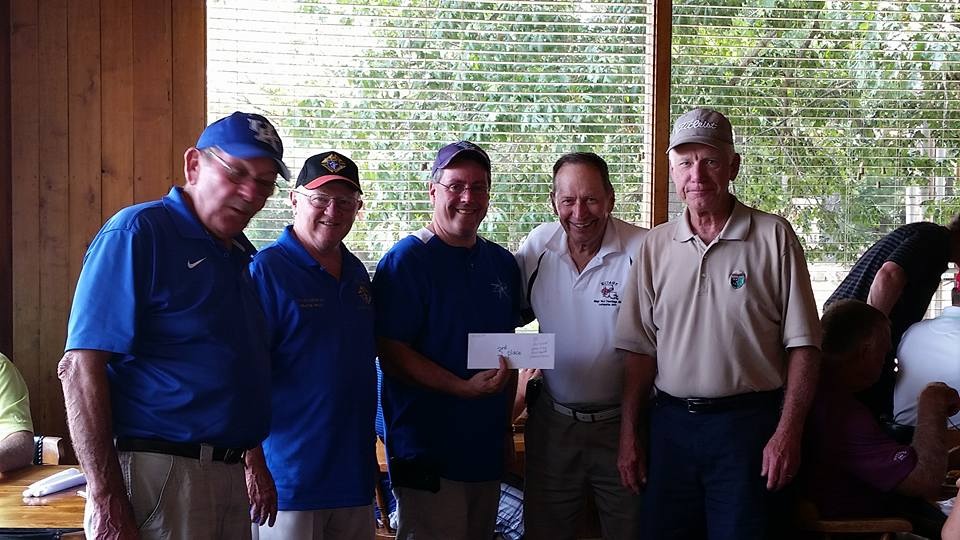
Third Place Team: Paul Ward, Jerry Frey, Fred Vowels, Emery Kocsis (above)

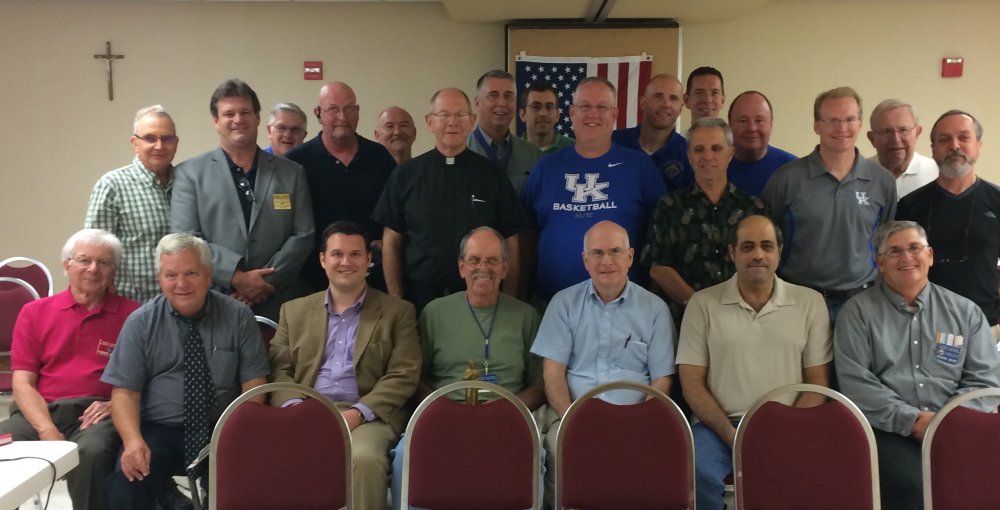

State Deputy Frank Shay visited Christ The King Council #14130 in Lexington on August 24th.
Sign up to receive the Kentucky State Council Newsletter each month.
Copyright © 2025 | Kentucky State Council | Knights of Columbus
